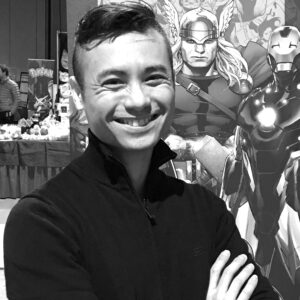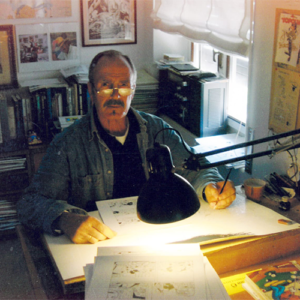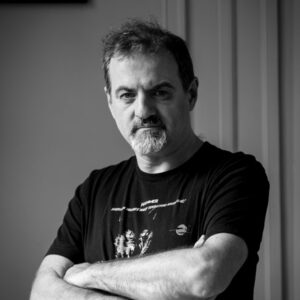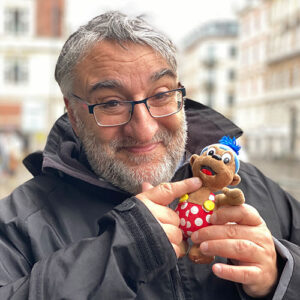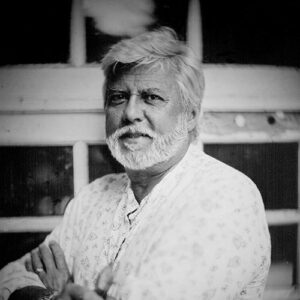Massimo De Vita (b. May 1941, Milan) was surrounded by art from a very young age—a field he would eventually pursue professionally. The son of Pier Lorenzo De Vita, one of Italy’s earliest comic book creators and a longtime collaborator of legendary publisher Arnoldo Mondadori, Massimo nurtured an early interest in this unique art form.
After graduating from the Brera School of Art in Milan, he worked with the animation studio of Nino and Toni Pagot, creating animated advertisements.
By 1959, his father introduced him to Mario Gentilini, editor of Topolino magazine and a key figure at the Mondadori publishing house. Gentilini was in search of an artist to assist with editing and adapting American comic pages to fit the format of Italian magazines—refinishing and retouching everything from Superman and Pecos Bill stories to classic Walt Disney material.
In this early role, De Vita handled graphic design, layout, and cover illustrations for Topolino and other Disney comic titles. He also worked closely with his father on story drafts and inking.
Everything changed, however, when Gentilini “fired” him—marking his transition to a full-time independent comic book artist. In July 1962, his first complete story, The Revenge of Mandrakino, was published.
“I initially saw my work with Topolino as something secondary, and I think that’s pretty obvious if you look at the stories I was drawing at the time,” De Vita once stated, in the context of the collection Tesori Made in Italy: I Capolavori di Massimo De Vita, which compiles some of the most important works he has both written and—above all—illustrated. This honor, rarely bestowed upon living artists, is a testament to the artistic significance of his contribution.
Which masterpiece should one highlight first?
Perhaps The Sword of Ice (1982), an epic fantasy starring Mickey Mouse and Goofy, inspired by Terry Brooks’ Sword of Shannara and paying tribute to the Star Wars saga. Or maybe The Zodiac Stone (1990), the longest Disney comic story ever written at the time, spanning over 300 pages across 12 chapters, eight of which were illustrated by De Vita.
Then there’s The New World Saga (1994–1999), a historical epic chronicling the shaping of the United States through Mickey’s eyes—from Native American conflicts and Western expeditions to the age of George Washington and the construction of the first railroad.
Before all of this, however, De Vita played a pivotal role in the development of a now-iconic Disney character: Phantom Duck (Paperinik). From his fourth appearance in The Golden Scarab (1971), De Vita became the character’s principal artist, building upon the foundations laid by creators Guido Martina and Giovan Battista Carpi and enriching the lore with his own contributions.
A similar legacy unfolded with another beloved figure—Indiana Goof. Although not the original creator, De Vita became inextricably linked to the character from his second story, The City of Ice (1989), co-developed with Bruno Sarda. Together, they defined Indiana Goof's visual identity and adventures, cementing his place as one of De Vita’s most cherished heroes.
Many of these stories were translated and published in Greece through the Almanacco series.
He also introduced new original characters to the Disney universe, such as Professors Zapotek and Marlin, who send Mickey and Goofy on time-travel adventures via the Time Machine, as well as Sir Mickey, the star of De Vita’s highly personal series The Diaries of Sir Mickey.
These are just some of the remarkable stories written and drawn by one of the most important Disney comic creators of our time. As De Vita himself has said:
“I never felt the need to work on other genres or for other publishers, because in my view, the Disney universe is so complete that it fulfills every creative urge.”






